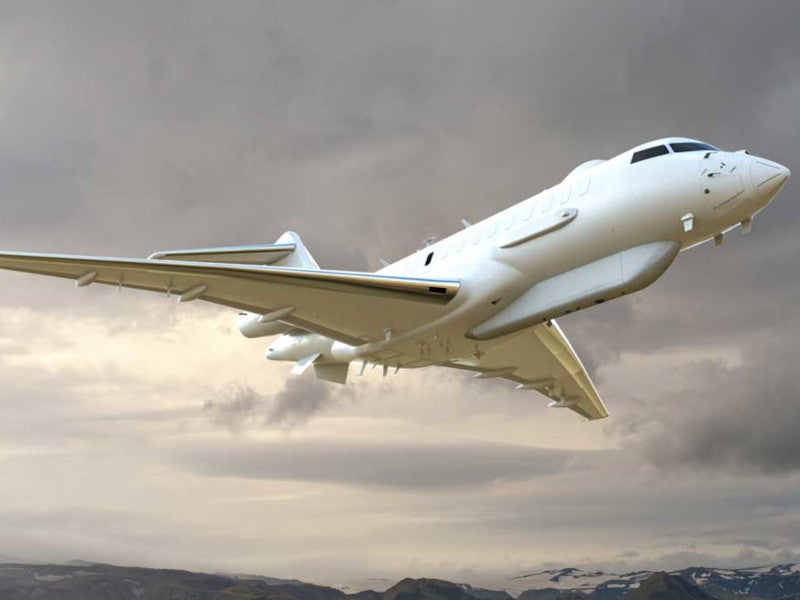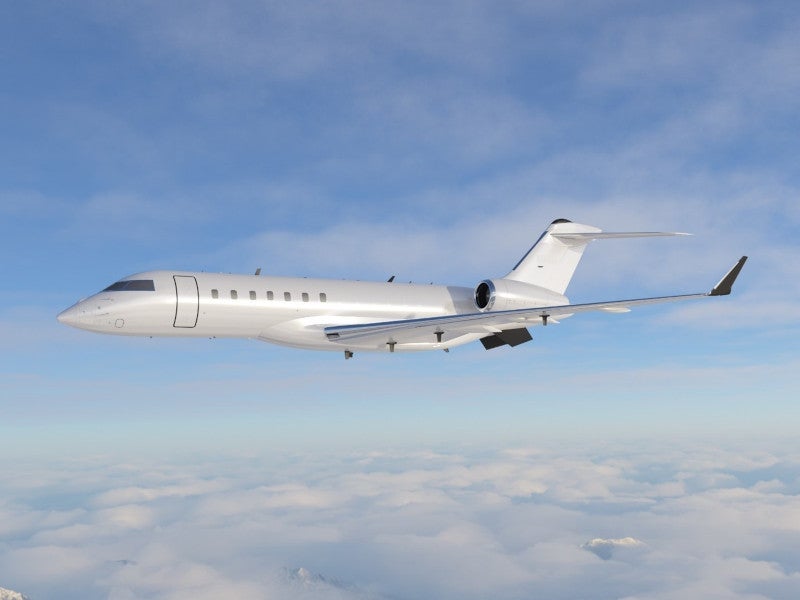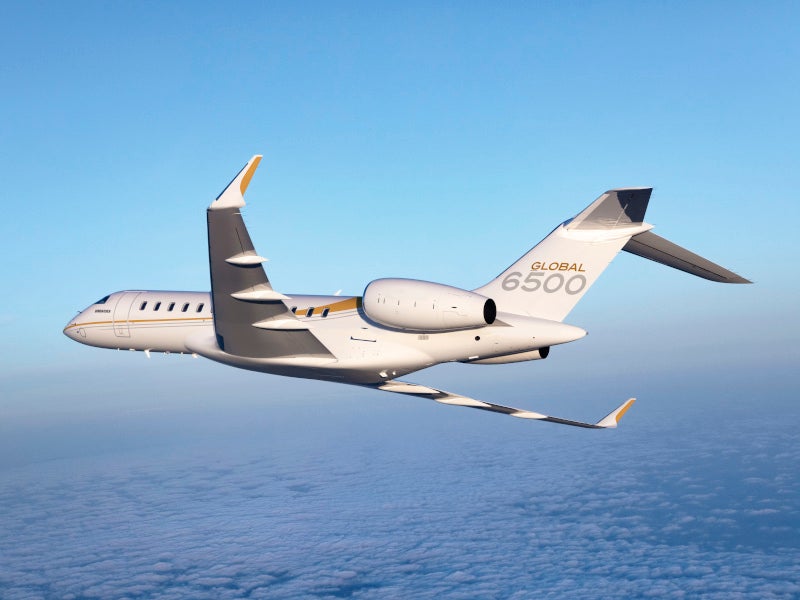The High Accuracy Detection and Exploitation System (HADES) programme is aimed at developing a fleet of intelligence, surveillance and reconnaissance (ISR) aircraft that will enable the US Army and joint force commanders to rapidly gain and maintain situational understanding.
The programme is designed to enhance the US Army’s long-range precision fires priority by delivering deep sensing solutions for improved accuracy and exploitation capabilities.
HADES combines speed, range, endurance and altitude capabilities for effective deep sensing. It overcomes physical challenges faced by traditional airborne ISR aircraft through its unique data collection quality and capability.
The Army intends to initiate the initial acquisitions in 2024, with expectations for the delivery of the first new aircraft by 2027.
The US Army is working on building the army of 2030 through the development of new equipment and the adoption of innovative warfighting concepts. The HADES modernisation efforts will play a key role in guiding the army into the new decade.
HADES development details
The US Army currently operates a fleet of more than 60 ISR aircraft that are remnants of the Cold War. Current and future multidomain operations as well as geographical and geopolitical changes are creating challenges with the old fleet.
The increasing threats to assured communications necessitate the design of new concepts and material solutions that are independent of allied military installations. The High Accuracy Detection and Exploitation System is designed as a solution to address these challenges.
L3Harris Technologies, a technology company and defence contractor based in the US, was selected for the first phase of the US Army’s HADES multi-domain sensing system programme to create, construct, integrate, and showcase prototype electronic intelligence and communications intelligence sensors for the new HADES platform.
In June 2021, L3Harris conducted the first flight of the US Army’s Airborne Reconnaissance and Electronic Warfare System (ARES) aircraft. ARES serves as a technology demonstrator for the HADES programme and is designed to meet the requirements of future multi-domain operations against peer and near-peer adversaries.
L3Harris implemented the ARES to support US Army missions in the US Indo-Pacific Command in May 2022.
L3Harris was selected for phase two of the programme and partnered with Leidos, a defence and information technology company, and MAG Aerospace, a military contractor, in October 2023.
HADES programme details
The HADES programme will create a fleet of airborne ISR systems equipped with signals intelligence (SIGINT), synthetic aperture radar/moving target indicator and other integrated features with modernised, combat-proven software.
The programme is designed to meet the army’s demand for medium to high-altitude aerial ISR and deep sensing capabilities at altitudes of up to 70,000ft. Its purpose is to quickly attain and sustain situational awareness, ensure freedom of movement, achieve information superiority, and gain a decision advantage in multi-domain operations. It will serve as a crucial enabler for the sensor-to-shooter (S2S) network thereby supporting the army’s modernisation efforts.
In December 2023, the US Army Contracting Command-Redstone Arsenal, in collaboration with the Army Fixed Wing Project Office, granted Bombardier Defense, a provider of specialised aircraft platforms, a fixed-price contract to supply a Global 6500 jet aircraft for the HADES programme.
The contract also includes options to acquire two more aircraft within a three-year timeframe. The Global 6500 aircraft will be used as the prototype for the HADES programme. The first aircraft is anticipated to be delivered in October 2024.
Bombardier Global 6500 aircraft details
The Global 6500 aircraft has superior power for mission equipment, an endurance of more than 18 hours, proven reliability with the longest maintenance intervals, and ample cabin space designed for workstations and mission equipment.
The aircraft offers up to ten workstations for specialised missions. It features a Rolls-Royce Pearl engine, enabling the aircraft to attain a top speed of Mach 0.90 (956kmph). The aircraft has a range of 6,600 nautical miles.
The Rolls-Royce Pearl engine has a new high-pressure compressor with reduced weight and an advanced three-stage low-pressure turbine.
The aircraft also features advanced wing technology, and a Bombardier Vision flight deck capable of combining infrared and synthetic terrain imagery for a comprehensive vision experience.
Contractors involved
In August 2023, CAE Defense & Security, a division of simulation technology provider CAE, received a contract from Leidos to build and supply a dedicated 7000XR full flight simulator in the Bombardier Global 6000/6500 configuration to support the HADES programme.






